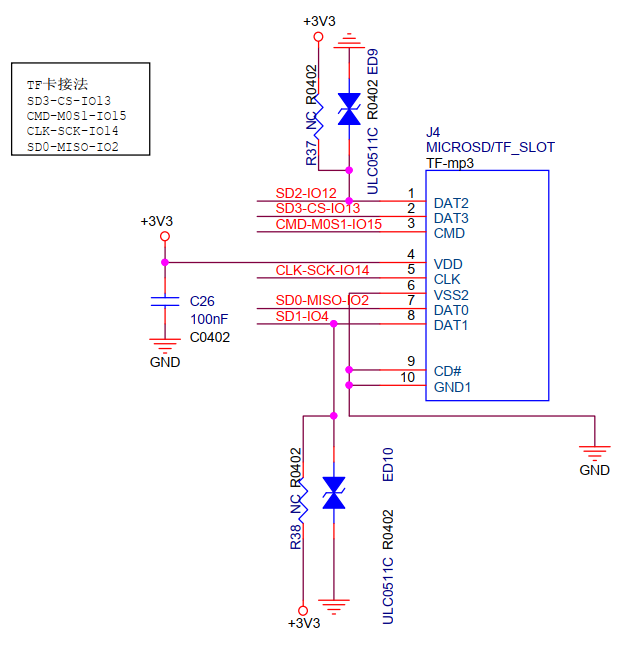Hey guys, great thread here!
sadly im trying to connect my TTGO Lora32 v1.0 to TTN, without success so far. I hoped i would get the new example from the LMIC-node to work but this is without success so far. A single channel gateway i am running here is receiving something that doesnt look completely wrong. I know the TTGO Lora32 isnt listed in the supported devices. Since the lmic pins are the same as on the Heltec Lora32 V1 i gave it a try. I suppose some configuration is still wrong since packets are received by the gateway but not correctly forwarded to the network?!
I use ABP from LMIC-node example since i am using a single channel gateway in my flat. With OTAA i got no succcess either. There should be some Gateways not too far away, but for testing purposes i decided to go with ABP and an own 1-Ch-Gateway.
This is the received packet as shown in the gateway console:
Maybe someone of you can see waht im doing wrong. thanks a lot in advance
{
"name": "gs.up.receive",
"time": "2021-10-16T09:34:08.455140041Z",
"identifiers": [
{
"gateway_ids": {
"gateway_id": "b8f009ffffcca210"
}
},
{
"gateway_ids": {
"gateway_id": "b8f009ffffcca210",
"eui": "B8F009FFFFCCA210"
}
}
],
"data": {
"@type": "type.googleapis.com/ttn.lorawan.v3.UplinkMessage",
"raw_payload": "QOFECyaAAwAKVIab8UMu",
"payload": {
"m_hdr": {
"m_type": "UNCONFIRMED_UP"
},
"mic": "m/FDLg==",
"mac_payload": {
"f_hdr": {
"dev_addr": "260B44E1",
"f_ctrl": {
"adr": true
},
"f_cnt": 3
},
"f_port": 10,
"frm_payload": "VIY="
}
},
"settings": {
"data_rate": {
"lora": {
"bandwidth": 125000,
"spreading_factor": 7
}
},
"coding_rate": "4/5",
"frequency": "868099975",
"timestamp": 161729712
},
"rx_metadata": [
{
"gateway_ids": {
"gateway_id": "b8f009ffffcca210",
"eui": "B8F009FFFFCCA210"
},
"timestamp": 161729712,
"rssi": -113,
"channel_rssi": -113,
"snr": 2,
"uplink_token": "Ch4KHAoQYjhmMDA5ZmZmZmNjYTIxMBIIuPAJ///MohAQsJmPTRoMCJC5qosGEMKK/dgBIICf3r7aBA=="
}
],
"received_at": "2021-10-16T09:34:08.455034178Z",
"correlation_ids": [
"gs:conn:01FJ472WX5SW5A0DHHMFAXWKYC",
"gs:uplink:01FJ477527VN20ZQ7PJ0C9AWQC"
]
},
"correlation_ids": [
"gs:conn:01FJ472WX5SW5A0DHHMFAXWKYC",
"gs:uplink:01FJ477527VN20ZQ7PJ0C9AWQC"
],
"origin": "ip-10-100-12-248.eu-west-1.compute.internal",
"context": {
"tenant-id": "CgN0dG4="
},
"visibility": {
"rights": [
"RIGHT_GATEWAY_TRAFFIC_READ",
"RIGHT_GATEWAY_TRAFFIC_READ"
]
},
"unique_id": "01FJ4775275M22MKG96D7MXAYY"
}
